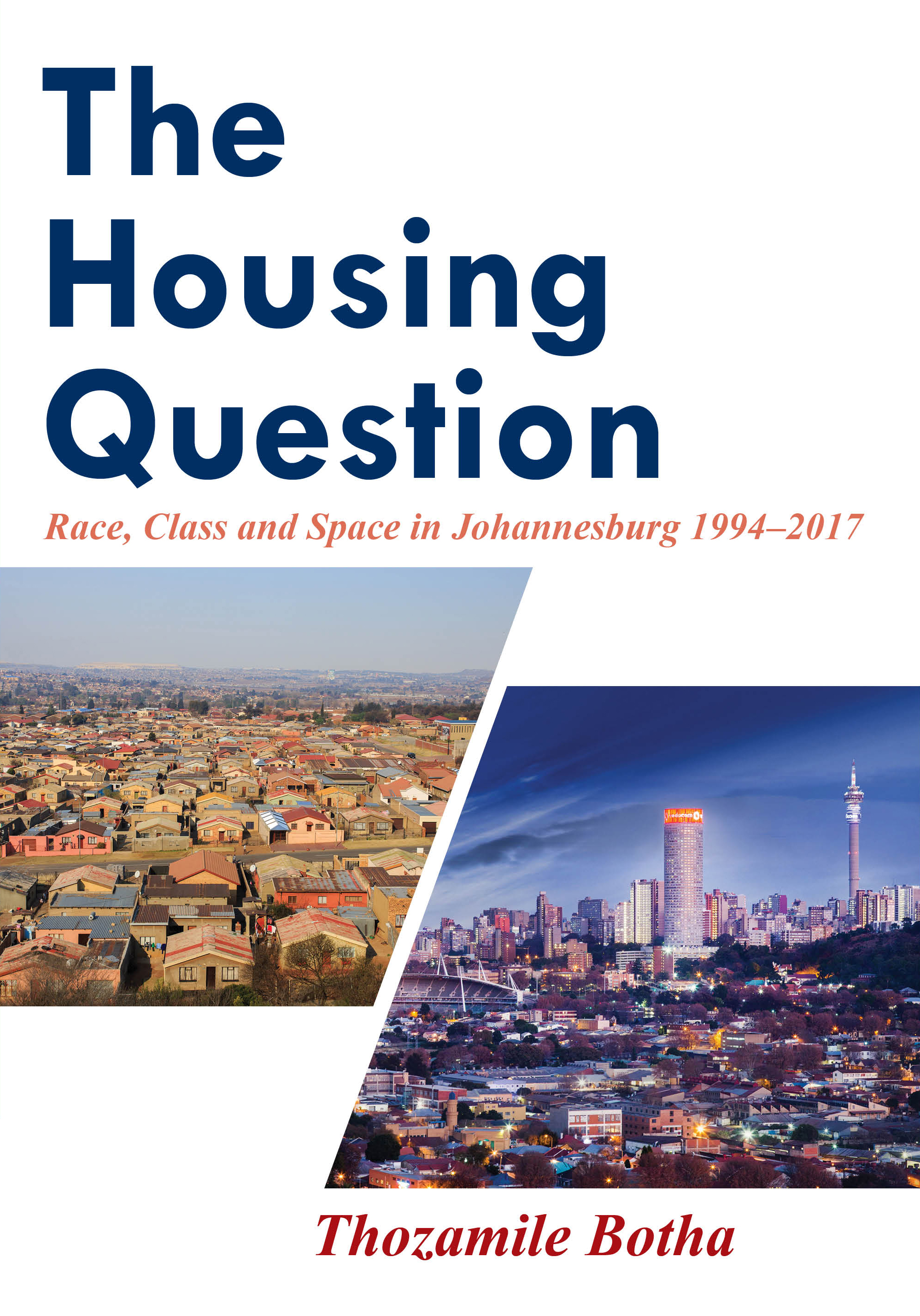Unisa Press
Race, Class and Space in Johannesburg 1994–2017
| Author:
| Thomazile Botha |
| Published:
| January 31, 2025 |
| ISBN:
| 978-1-7764608-6-1 |
| Number of pages:
| 176 |
| This book is also available in electronic format |
| ISBN:
| 9781776460960 |
About the book
The democratic South Africa was born after centuries of oppression and colonialism perpetrated against black people by the settler population. The Land Act of 1913 and apartheid policy of separate development in 1948 became the legal frameworks used to dispossess and deny black people the right to ownership of land, especially in urban areas. This culminated in black people being relegated to townships. The post-1994 democratic government has since been grappling with redressing the apartheid spatial planning to ensure that people are allocated suitable residential land closer to job opportunities in the suburban areas. Housing provided in the far flung urban spaces from the city centres creates a secondary problem of travel cost to work, giving rise to the proliferation of unplanned informal settlements in every available space in the urban areas. The unplanned urbanisation leads to environmental degradation and health hazards in the black urban human settlements, which is exacerbated by poor provision of social infrastructure and lack of appropriate municipal services. This pattern of urban development in the South African urban space continues to promote and widen the racial and class inequalities among the population demographic architecture in the urban space. This book is an attempt at exploring the success or failure of using the concept of inclusive mega-integrated human settlement projects as catalysts for building human settlement in Cosmo City, in the north of Johannesburg, and the densification of the Transport Corridors between Soweto and Park Station and, from Park Station to Sandton. along the Louis Botha Avenue.
